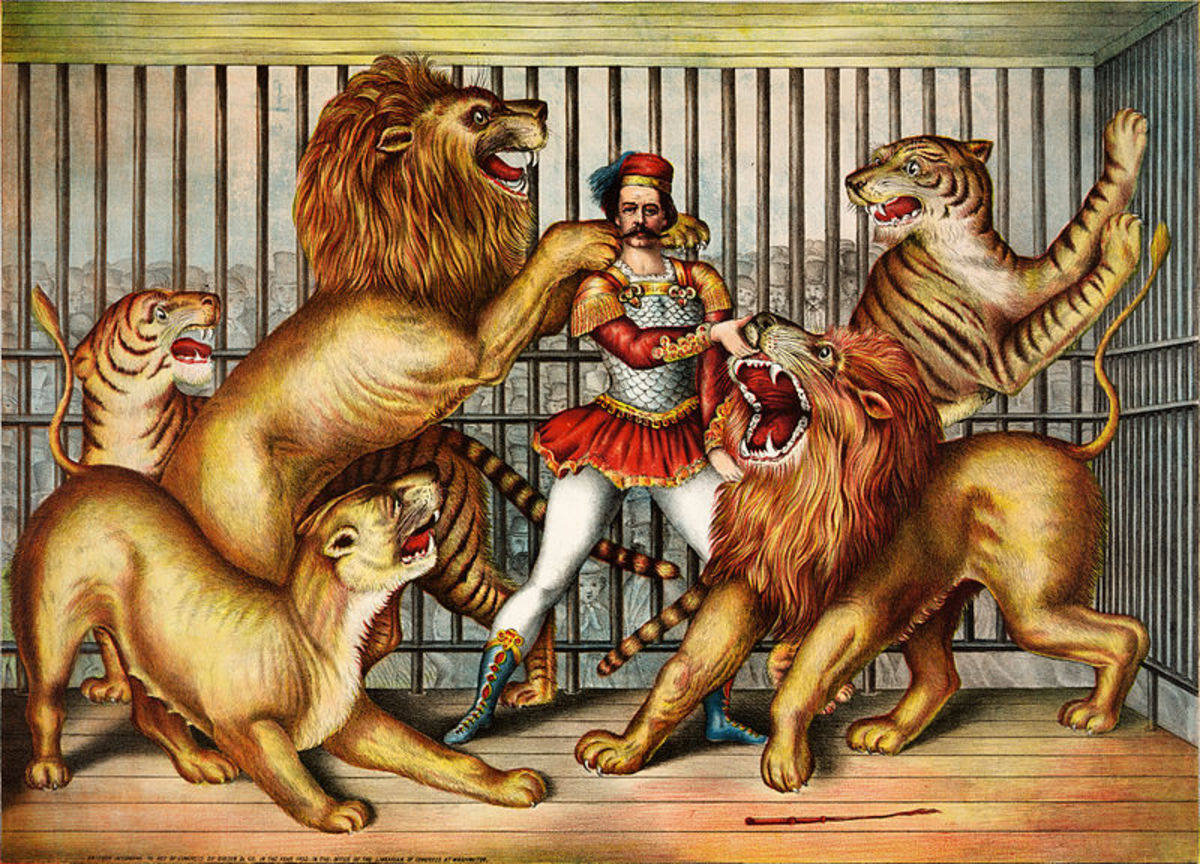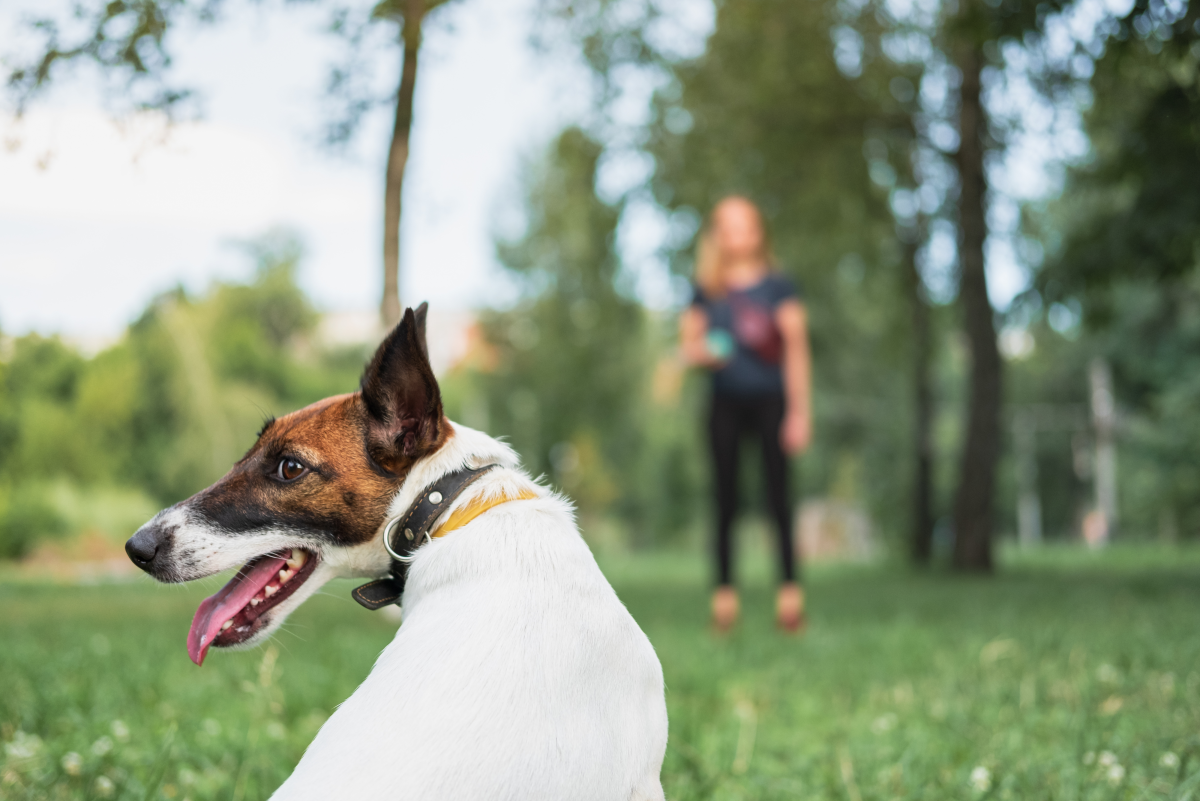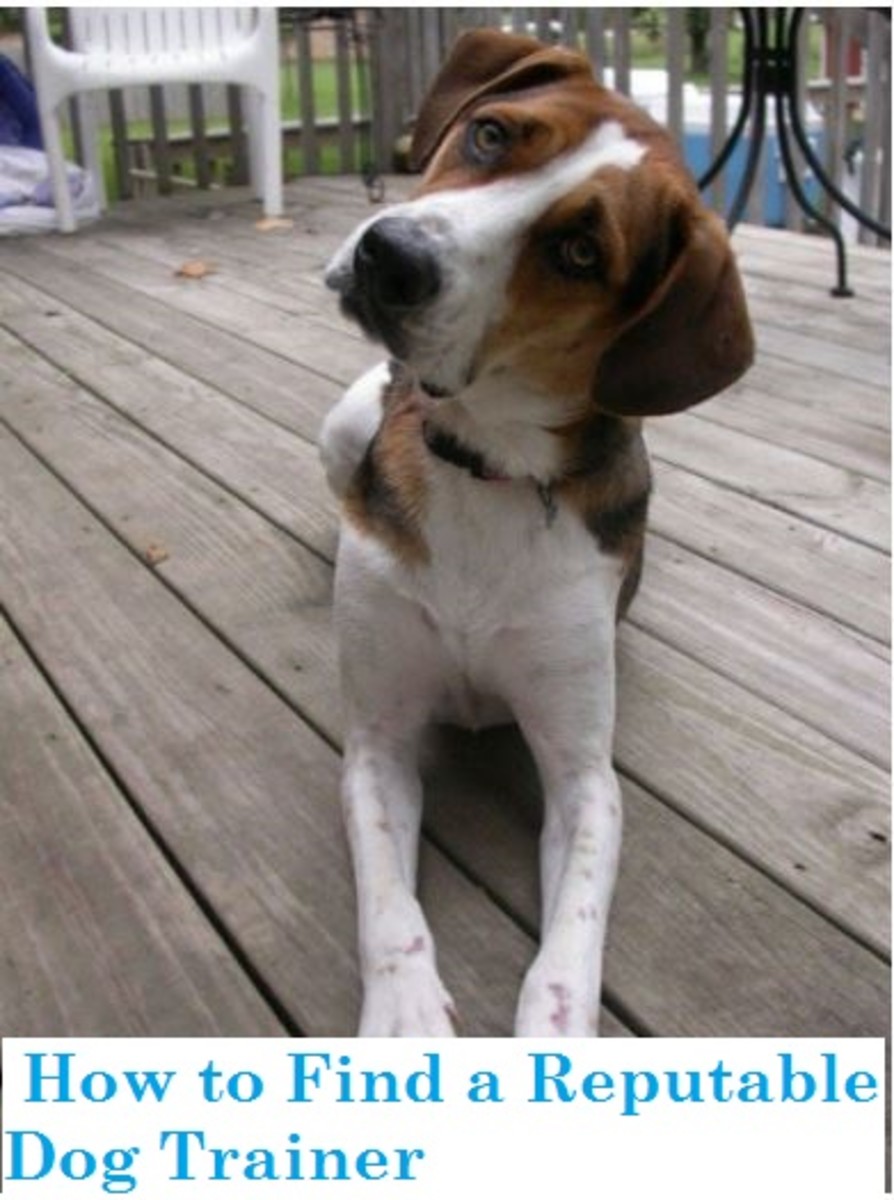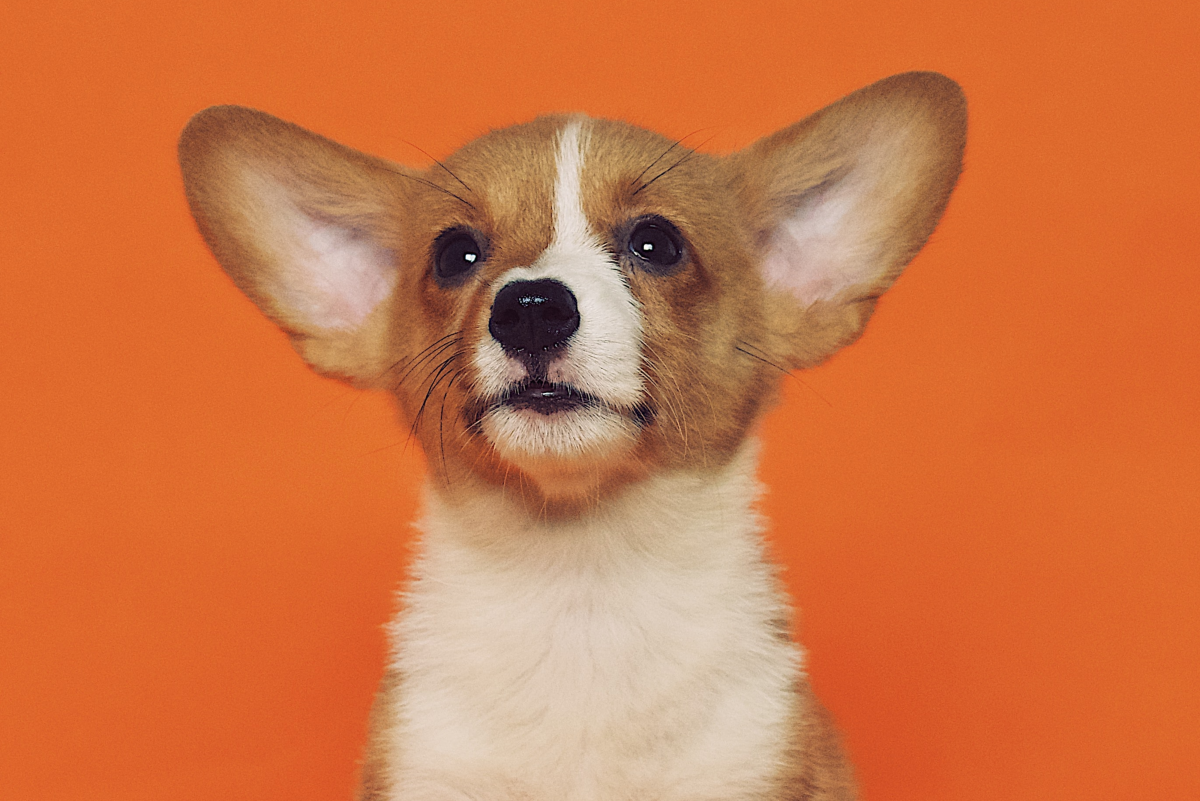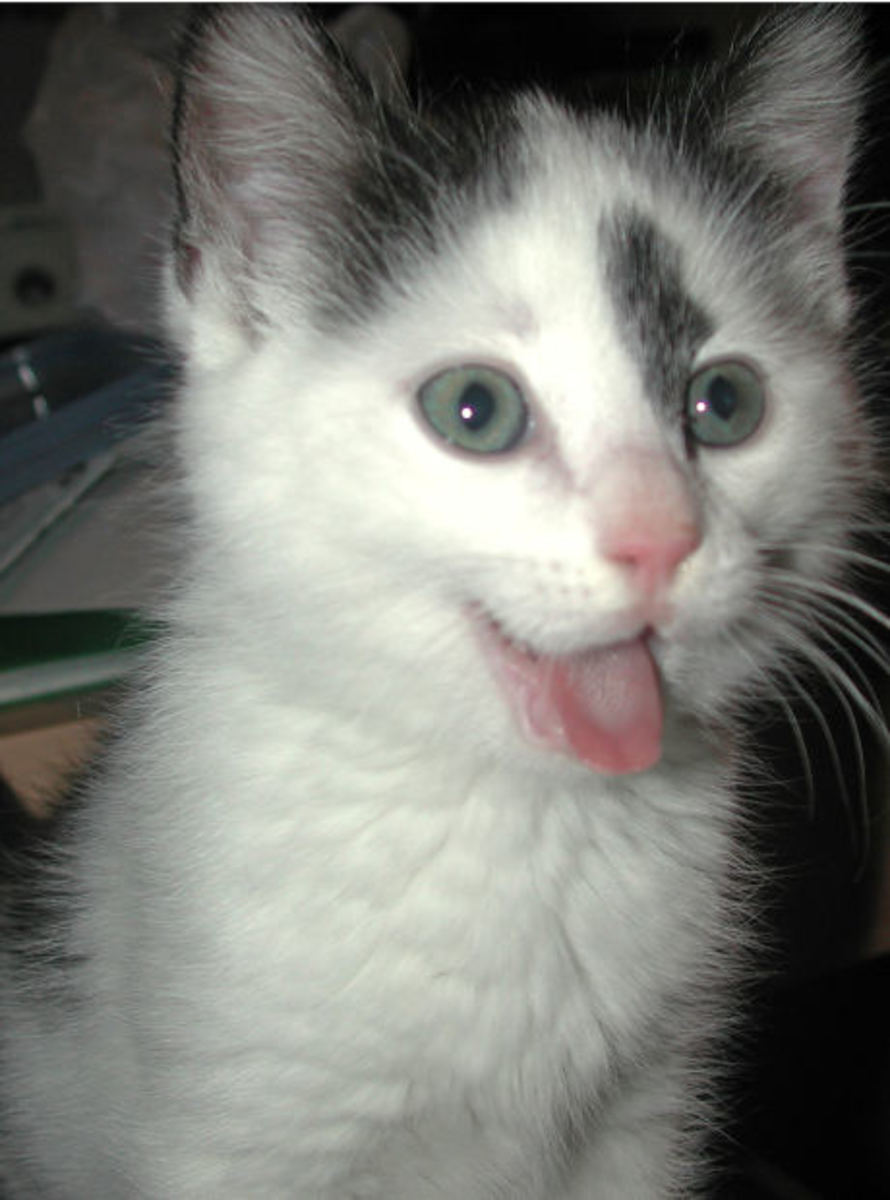The Secrets Behind Excellent Animal Training
Mission Impossible Squirrel
Food Rewards Drive Everything
Anyone who has spent time training a dog knows that breaking out the box of treats immediately brings Fido to attention. While other species may not be as quick on the uptake as dogs, food is a universal training language. Just take this backyard agent squirrel, for an example. Each piece of the obstacle course in the video was added after the squirrel was observed mastering the previous portion, and in the course of a mere week, this WILD animal had conquered "mission impossible" with only a food incentive driving her desire to succeed.
Backyarders across the globe have developed similar courses for their squirrely friends and been rewarded with the entertaining antics of an animal trained by the proper incentive to accomplish tasks above and beyond normal expectations. This food is an "unconditioned stimuli", meaning no conditioning is required for the animal in question to feel stimulated enough to act. All animals respond to food, and all trained animals were trained with a food reward.
Pavlov's Dog

Build a Bridge - Signaling "Good Job"
You may have heard of Pavlov's Dog, but do you understand the training secret revealed through his experiment? All great trainers spend time developing a "conditioned response" from their animal compatriot. Sometimes it's accomplished with a whistle, like those employed by orca and dolphin trainers at Sea World, but more often it's a "clicker". Whatever your conditioned stimulus of choice, this will now bridge any gaps between the desired task or behavior and the reward. Why is this important?
The timing of a reward is critical in reinforcing desired behaviors. While it may be easy to immediately give a dog a treat when it sits in front of you, it would be much more difficult to provide an immediate reward for say... catching a frisbee. Taking the time to create your "bridge" gives you a necessary tool in training for complex tasks and behaviors and makes it possible to train ANY species.
This also opens the door for the incorporation of signals and commands for any given task. If you haven't trained this way before, start at square one with the conditioning. Just sit down with your dog/cat/whatever and get them used to the clicker (or whatever tool you choose). Click and give a treat. Click and give a treat. Click and give several treats. Etc. Keep on doing this until your pet becomes attentive and clearly interested in food rewards any time it hears a click.
Now, when you see your pet doing something "good", click and simultaneously give the signal or speak the command you want to induce that behavior. For example - sit. Don't worry if you've already taught your dog to sit on command. Keep your clicker with you, wait until you see your dog sitting during the normal day, click and say sit. Then go dig up a treat and give it to him. You will be amazed with the results!
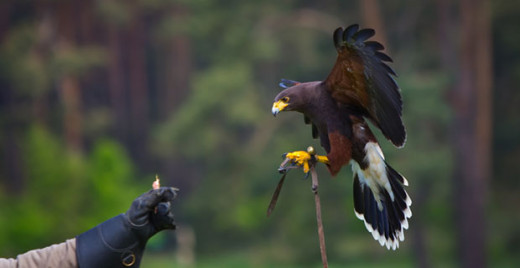
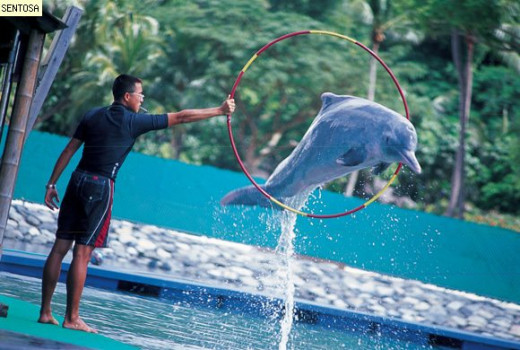
Provide a Target
Now you may be thinking - that's all well and great, but how do I train complex behaviors by just sitting around and waiting for my pet to do something I want and then rewarding them for it? The answer there is another very simple tool - a target. You can use anything as a target, but the simplest and most versatile would be a stick much like a conductors baton with a ball at the end. Targets of this design are used by trainers of zoo and circus animals, yielding excellent results.
Just like the clicker or whistle, you'll need to condition your animal to the target. Whenever it touches or follows the target, provide a click and treat to signal that it has done a "good job". Once it is actively responding to the target, you can use it to guide your friend up and down stairs, through a hoop, onto a skateboard - they sky is the limit!
Targets are a wonderful tool employed by service dog trainers in teaching helpful tasks like pressing handicap buttons to open doors or jumping up to press a doorbell. Targets are also a wonderful assist in teaching a proper "heel" and getting dogs to stay by their owner's side without having to tug on a leash. And I think we all know what a wonderful incentive a target can be for a cat!
Break It Down
As with any seemingly insurmountable task, the impossible becomes possible when it is broken down and simplified. Just as the squirrel conquered it's obstacle course one piece at a time, any animal can learn increasingly complicated commands, tricks, and behaviors when tackled one piece at a time.
Some animals, like the crow, are extremely intelligent and will solve increasingly complex puzzles in order to garner a food reward. However, most species won't apply very much cognitive function to "puzzle solving" and will need very simple tasks. Even intelligent animals learn better when a trick like "jump through the hoop" is broken down into 1. follow the target, 2. follow the target walking through the hoop, 3. follow the target high stepping through the hoop, 4. follow the target jumping through the hoop, 5. jump through the hoop. Or even breaking down "fetch" into 1. grab the toy, 2. grab the toy over there, 3. grab the toy over there and carry it, 4. grab the toy over there and carry it to me, 5. grab the toy over there, carry it to me, and drop it, 6. fetch.
And that's all there is to it! The very simple tools and practices utilized by professional animal trainers of all species are nothing more than the following:
- Utilize a food incentive
- Condition train to a "signal" clicker, whistle, bell, etc.
- Guide with a target
- Break complex tasks down into smaller, simpler tasks
All animals from fish to horses, cats to eagles, dogs to elephants, hamsters to dolphins, parrots to toddlers can be trained using these very simple expert secrets. Just don't get in trouble attempting to condition train your girlfriend.


